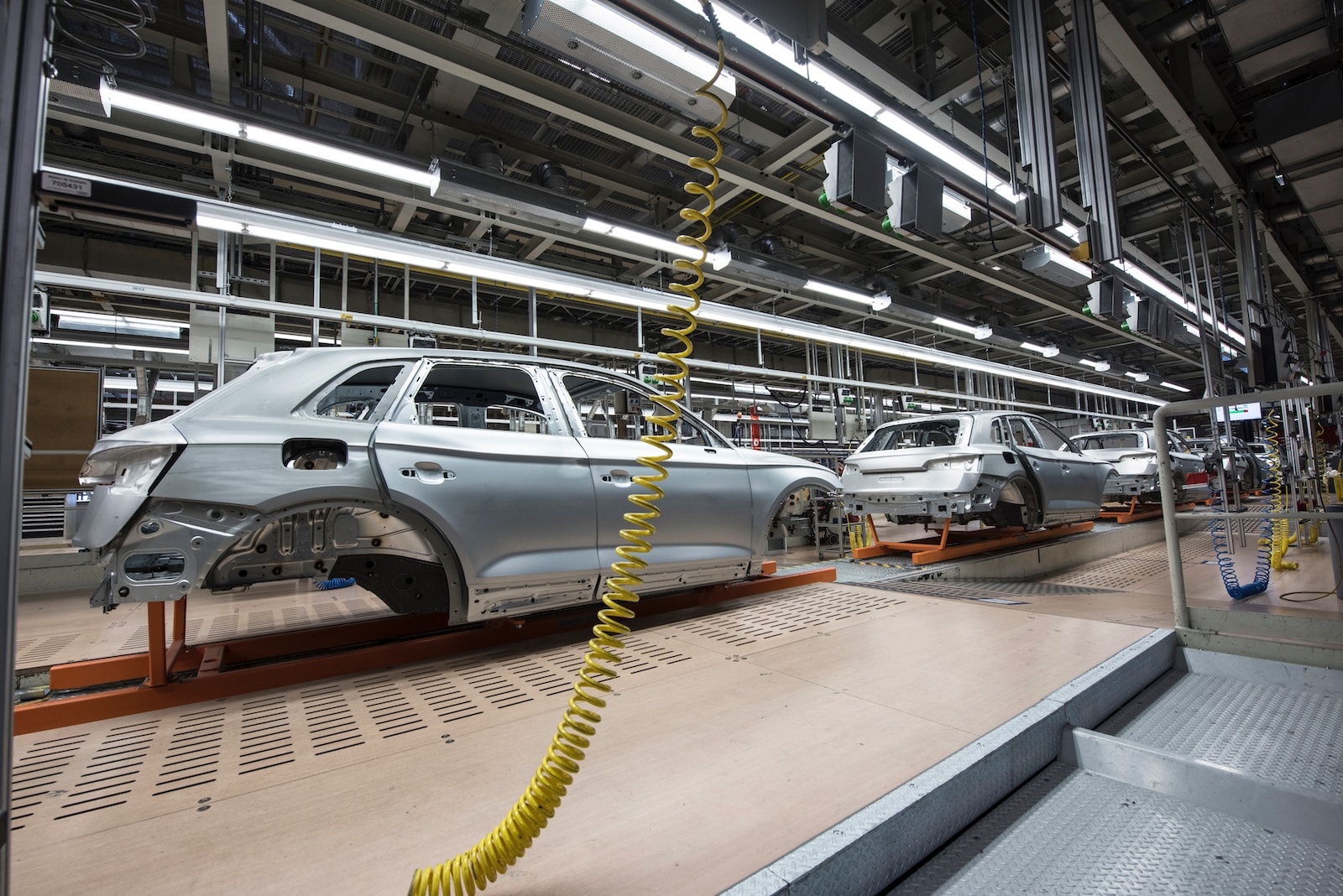Automation is becoming increasingly prevalent in the manufacturing industry, leading to significant changes in the factory labor landscape. Here, we discuss the impact of automation on factory labor and how businesses can adapt to these changes:
The Benefits of Automation for Factory Labor
- Increased Productivity: Automation can help improve productivity by streamlining processes, reducing the need for manual intervention, and allowing factory workers to focus on more complex tasks.
- Enhanced Quality and Consistency: Automated processes can provide greater accuracy and consistency in product manufacturing, reducing the likelihood of defects and improving overall product quality.
- Improved Worker Safety: By automating dangerous or repetitive tasks, businesses can minimize the risk of workplace injuries and create a safer work environment for factory laborers.
- Reduced Costs: Automation can lead to cost savings by reducing labor costs, minimizing waste, and optimizing resource utilization.
The Challenges of Automation for Factory Labor
- Job Displacement: As automation replaces certain manual tasks, some factory labor jobs may be at risk of displacement. Businesses must consider the potential impact on their workforce and develop strategies to manage this transition.
- Skill Requirements: The shift toward automation may necessitate new skills for factory laborers, such as technical or programming expertise. Companies must invest in training and development to ensure their workforce is equipped to handle these new requirements.
- Initial Investment and Maintenance Costs: While automation can lead to long-term cost savings, businesses must consider the initial investment required to implement automated systems and the ongoing maintenance costs.
Adapting to Automation in the Factory Labor Landscape
To successfully navigate the impact of automation on factory labor, businesses should consider the following strategies:
- Retraining and Upskilling: Invest in retraining and upskilling programs to help workers adapt to the changing factory labor landscape and acquire the skills needed to thrive in an automated environment.
- Workforce Planning: Assess your workforce’s current skills and capabilities, and develop a plan to address any gaps or redundancies resulting from automation. This may involve hiring new talent, promoting from within, or implementing retraining programs.
- Employee Engagement and Communication: Maintain open communication with your factory labor workforce about the impact of automation on their roles and the company’s plans for managing this transition. Involving workers in the decision-making process can help foster a sense of ownership and engagement.
- Embracing a Human-Machine Collaboration Model: Rather than viewing automation as a threat to factory labor, embrace a collaborative model in which humans and machines work together to achieve optimal efficiency, productivity, and safety.
By understanding the impact of automation on factory labor and implementing proactive strategies, businesses can successfully navigate the changing landscape of the manufacturing industry and create a more efficient, agile, and competitive workforce that is well-prepared to face the challenges and opportunities of the future.

